In industries where every micrometer and every second of production counts, CNC machining (Computerized Numerical Control) has become the foundation of modern manufacturing.
The two most important cutting methods are turning and CNC milling. Although both techniques are used to precisely shape metal and plastic parts, they differ in their range of applications, tool movement, and geometric capabilities.
In this article, we explain how CNC turning differs from milling, when to use each method, and how to choose the right technology.
What is CNC turning?
In CNC turning, the workpiece is clamped in a chuck and rotates around its own axis, while the cutting tool moves along the X and Z axes. This principle allows for the efficient removal of material from cylindrical and conical surfaces.
This technology is used, among other things, for the production of shafts, pins, bushings, rings, and threads. It is ideal for mass production, where dimensional repeatability and process stability are key.
What is CNC metal milling?
CNC milling is a process in which a tool (milling cutter) rotates while the workpiece remains stationary or moves along the X, Y, and Z axes – and in the case of 4- and 5-axis machines – also around the rotary axes.
Milling allows the machining of flat surfaces, holes, pockets, bevels, and 3D structures. It is indispensable in projects where parts require multiple operations in different planes, from injection molds and machine bodies to medical and aerospace components.
CNC milling and turning – a comparison of technologies
To understand CNC milling and turning, it is worth comparing these processes in terms of key aspects:
Movement of elements
- CNC turning – the workpiece rotates, the tool moves linearly.
- CNC milling – the tool rotates, the workpiece can move in multiple axes.
Workpiece geometry
- Turning – workpieces with a rotary cross-section – shafts, sleeves, flanges.
- Milling – complex shapes, plates, dies, housings, spatial workpieces.
Machining range
- Turning – 2 axes (X, Z).
- Milling – 3, 4 or 5 axes (X, Y, Z, A, B).
Milling is a highly versatile process that allows for the creation of very complex shapes. CNC turning, on the other hand, allows for the efficient creation of symmetrical elements while maintaining perfect axial alignment.
How to choose the right CNC machining method?
The choice between CNC milling and turning depends primarily on the geometry of the detail, the type of material and the production requirements.
Geometry
Turning is chosen for axially symmetrical components – shafts, sleeves, pins. Milling is used for parts with complex surfaces, spatial openings, and irregular shapes.
Material
Most metals can be machined using both methods. With plastics, milling provides greater dimensional stability and better process control.
Accuracy
Turning guarantees high coaxiality precision. Milling allows positioning relative to multiple planes.
Production scale
In the mass production of simple parts, turning is more effective. Milling is better suited to small-batch production of complex components.
At SIM Gdynia, we combine both technologies to tailor the machining process to the customer’s requirements. We analyze each project individually in terms of functional and economic requirements.
Summary
CNC turning and milling are two different approaches to machining that complement each other in modern production. The choice of technology should be based on a design, tolerance and material analysis.
Turning dominates in simple, axial parts where efficiency and repeatability are important. Milling allows for complete freedom in the design of spatial details and precise multi-axis machining.
Understanding these differences is the foundation of effective technological cooperation – from design to the finished product.
